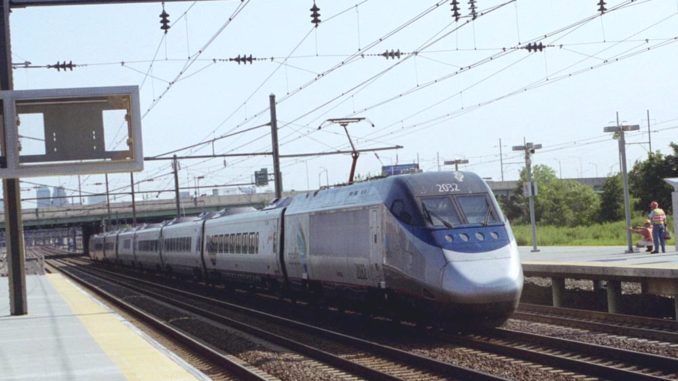
Amtrak is riding a wave of record ridership to highlight its reducing dependence on federal subsidies to support operations.
Last week, the passenger railroad paused to highlight that ticket sales and other revenue support 88 percent of its operational costs. Federal tax revenues supported “just 12 percent of Amtrak’s operating costs,” the railroad noted.
For years, the railroad has served as a lighting rod for federal critics, who point to it as an example of a bloated federal government. Amtrak says it is providing a public service by giving residents a choice of transportation where other options might not exist, but the railroad says it needs more money for infrastructure improvements.
“Previous federal capital investment levels have sufficed to keep the system going, but they are not going to be adequate in the future,” Amtrak President and CEO Joe Boardman said in a statement. “If we are to realize rail’s potential, we will need much higher levels of federal capital funding.”
Amtrak operates more than 300 daily trains across a network of 22,000 rail miles. The railroad classifies its routes into three buckets: long distance trains, state-supported service and those operating on the Northeast Corridor.
Two of Amtrak’s long distance trains – the Palmetto, running from New York to Savannah, Georgia, and the Silver Meteor, running from New York to Miami – are profitable, while the Auto Train – running from Lorton, Virginia, to Sanford, Florida – breaks even, according to numbers from the railroad. A dozen other long-distance trains – including the Southwest Chief, running from Chicago to Los Angeles, and the Crescent, running from New York to New Orleans – are money losers for the railroad.
More than 31.2 million passengers took Amtrak during 2012, setting a new ridership record for the railroad.
At the same time, Amtrak, which relies on taxpayer dollars, also reported a 6.8 percent increase in ticket revenue for the year, collecting more than $2 billion. That includes a 3.3 percent increase in ticket revenue on the Acela trains that operate in the Northeast.
Amtrak wants to upgrade its operations along the Northeast Corridor and bring about true high speed rail. But, the railroad made it clear public money will be needed to fund upgrades to the 457-mile-long corridor, which could cost taxpayers upwards of $151 billion and take as long as 30 years to complete.


